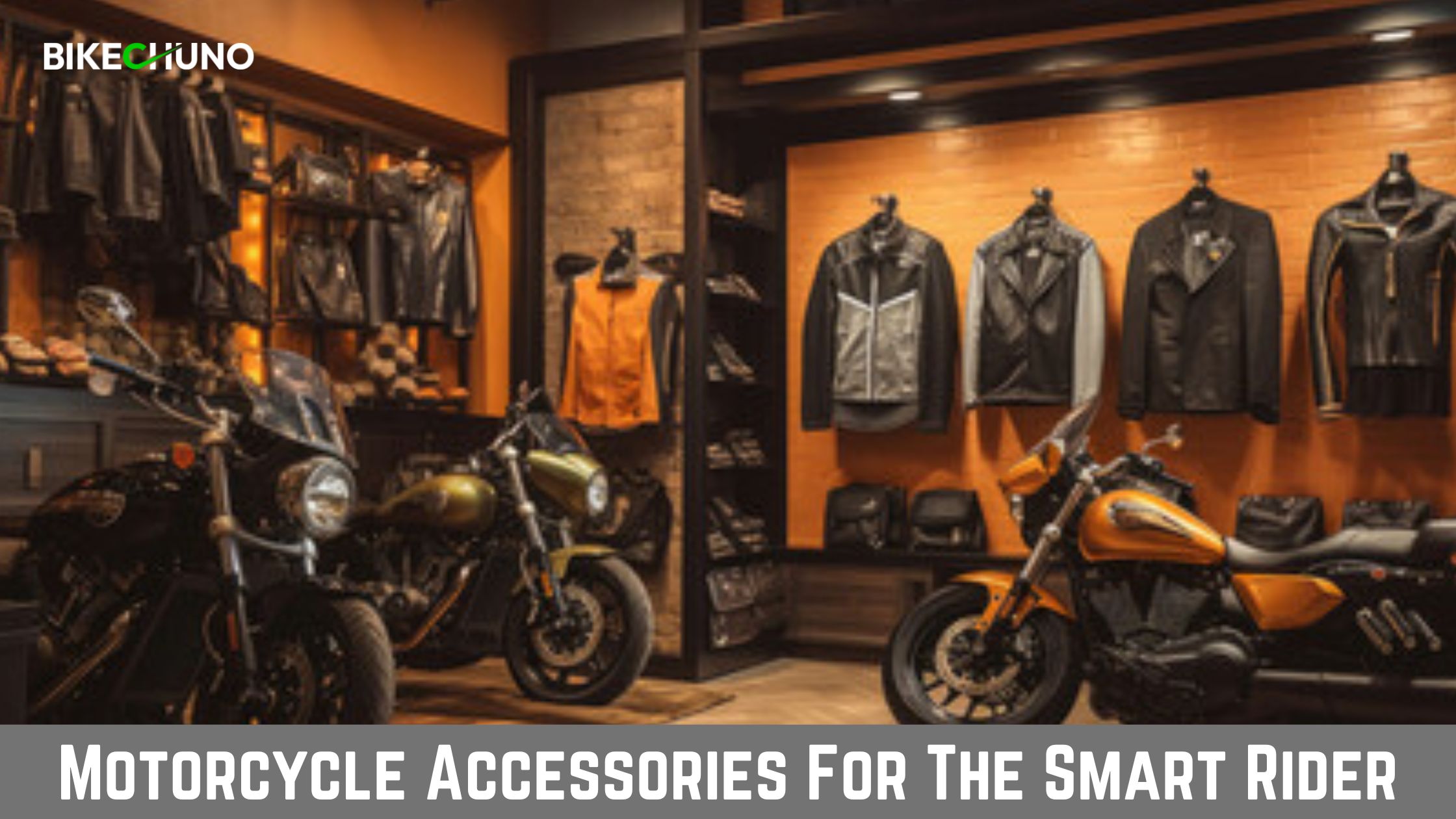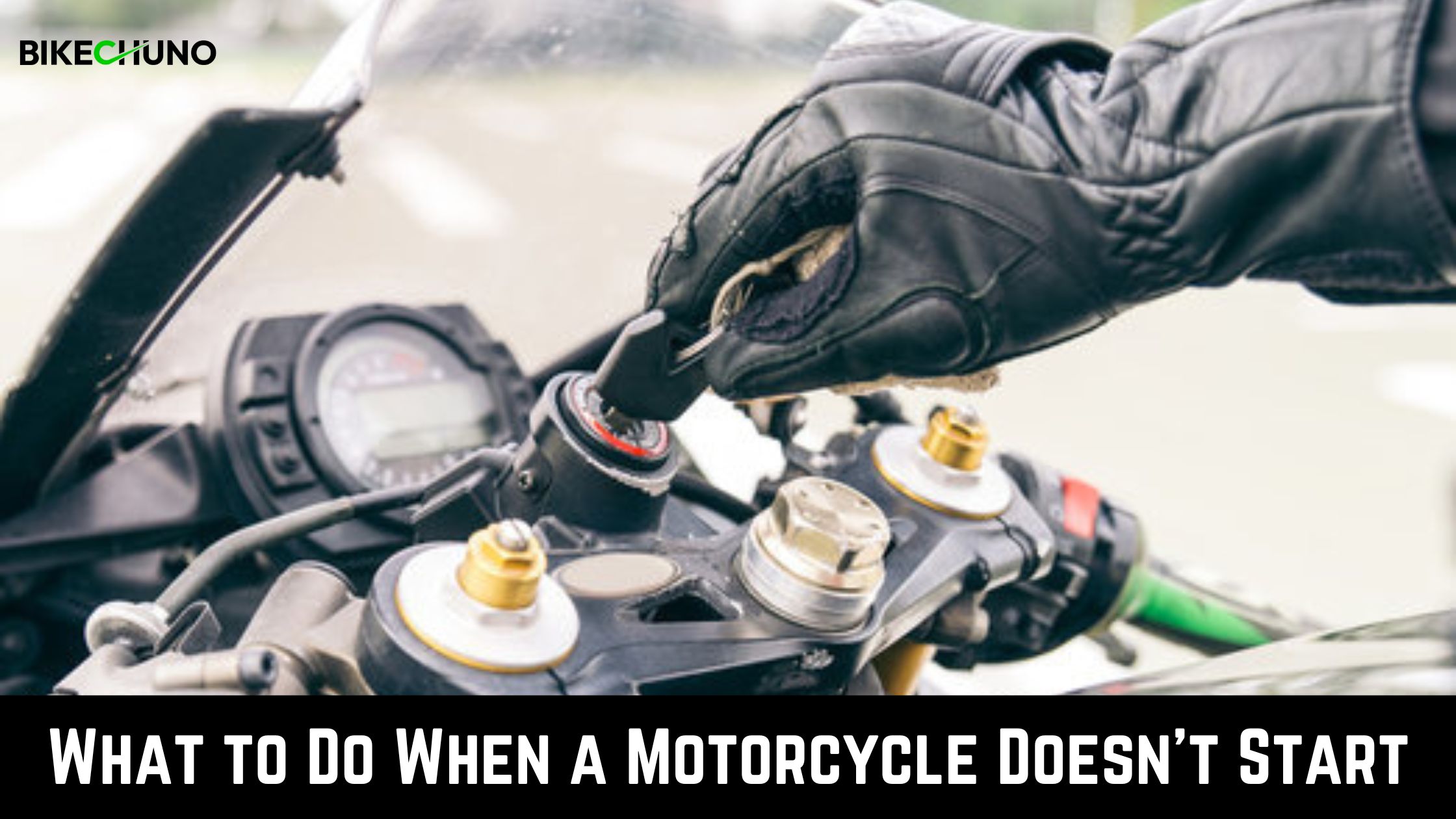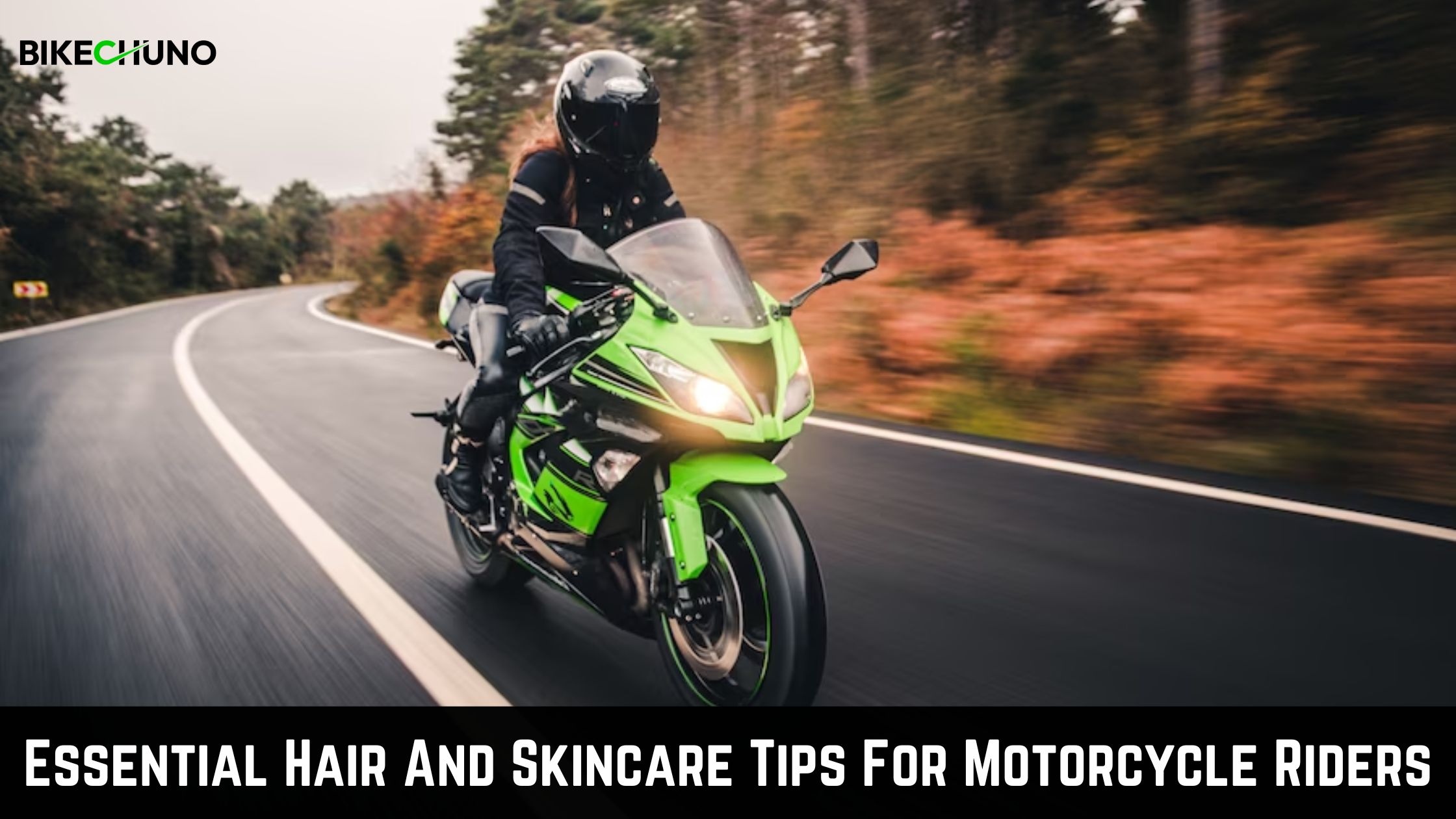
Your first bike purchase is a memorable experience. Believe us when we tell you that almost every motorbike enthusiast wishes to return the day they purchased it. The freedom and joy of realizing for the first time that the adorable speed machine in front of you is all yours is an experience unlike any other, and that’s why.
Of course, some seasoned professionals might also admit that they would avoid a few newbie errors if they had it to do over again. These nine suggestions from Cardo Systems motorcycle enthusiasts will help you choose the motorcycle that best fits your lifestyle. This will make your first ride unforgettable.
Top 10 Tips For First Time Motorcycle Buyers
1. Decide Which Motorcycle Is Best For You By Understanding The Basic Sorts Of Motorcycles
There are many types of motorcycles, and each is suitable for a particular kind of rider and style of riding. Even though not all bikes can be neatly classified into one sort or another, you should have a broad notion of the kind you want before shopping:
- SPORTS BIKES – Sport motorcycles might be for you if you need speed. These compact, lightning-quick motorbikes are built for speed and maneuverability on the racecourse, but more powerful models can be complex for beginner riders to operate.
- CRUISER BIKES—When most people think of motorbikes, they picture classic “chopper” vehicles. Cruiser bikes are bulkier and heavier and designed for comfort over speed for long-distance travel.
- NAKED BIKES—Naked bikes, which have recently become popular, bridge the gap between sport and cruiser bikes. They provide an upright riding position ideal for novices.
- CAFE RACERS – Cafe racers are built to be compact, quick, and light, like European motorbikes from the mid-20th century. Their excellent handling makes them perfect for short, high-speed rides, and younger riders love them for their timeless, understated looks.
- TOURING BIKES—A touring motorcycle is the best option for hitting the open road. Since these are usually the biggest and heaviest bikes, they are easy to ride. However, they can be difficult for beginners, especially since touring bikes in India are known for their robust build and long-distance riding capabilities.
- OFF-ROAD BIKES – These bikes, also called dirt bikes, have high suspensions and knobby tyres for mud, gravel, and dirt performance. They are typically transported to their destination in a trailer and are not intended for road riding.
- ADVENTURES BIKES – Adventure bikes are ideal for riders who enjoy off-road riding just as much as regular riding. They are a hybrid of a motorbike and an off-road motorcycle.
2. Think About Where, How, And When You’ll Be Riding
Consider your riding goals to get the right motorcycle for you. Consider the essential qualities you’ll look for in a bike by posing inquiries like these:
- Do you wish to travel to work on a bike every day? Most commuting motorcyclists prefer lightweight, fuel-efficient bikes with compact motors to commute.
- Want to test your abilities on a track? You might be looking for a sport bike or cafe racer designed for delicate handling.
- Do you intend to travel a lot on your bike? Look at cruisers and touring motorcycles designed for long-distance comfort and increased cargo capacity.
- Will you travel on urban streets, rural roads, or a combination? Urban cyclists prefer smaller, lighter bikes. In contrast, rural riders may choose something more significant or adventure bikes that can handle gravel and mud roads.
Of course, there may also be additional considerations. You might prefer one bike style over another or have brand loyalty. To decide which trade-offs you can tolerate and which elements will be most crucial to your decision, it is essential to have a clear picture of what you want from your bike.
3. You Have An Online Friend
It’s an excellent idea to enter the purchasing process with a list of the models and features you’re considering. Research online to discover the reputations of various brands and models, including those dependable and suitable for novices. There are several excellent guides online to help you understand the variations between brands and models and the intricate performance specifications you could run into.
Your motorcycle-riding buddies are an invaluable resource in this situation, so solicit their advice and learn more about what they appreciate about various models.
4. Make Sure Your Body Can Fit Comfortably On The Bike
A motorbike has a closer relationship with your body than a car or truck. Please sit on the motorcycle and feel its height and weight. This will enable you to determine whether the bike is appropriate for your body shape. You might only sometimes be able to test-drive a motorbike due to liability concerns (especially if you’re buying it from a private seller), but you can at least get a sense of how comfortable the bike is.
Crucial components are saddle height and form because they are typically challenging to change without substantially altering the bike. New riders typically seek a bike with a low enough saddle so that they may place both feet flat on the ground at a stoplight. Even motorcycles with higher suspensions, such as sports bikes, sometimes have beginner-oriented variants with lower seats. This is especially true for the popular sports bikes on the market.
Getting a bike that is light is also essential. Many cruisers and touring bikes are more severe than average, which could make them more accessible for beginners to handle and more likely to fall. And while any seasoned rider will tell you that dropping a bike is something you will encounter someday, regardless of your skill level, having a motorcycle you feel comfortable handling is beneficial.
5. You Don’t Have To Use Power To The Max
Many bikers advise beginning riders to start on a bike with an engine between 250 and 600cc in capacity. Starting small has some benefits, but it’s not always the right course of action, including:
- Choosing a bike with a smaller engine will often save money.
- Bikes with smaller engines and less displacement are easier to control.
- Learning to ride on a less powerful bike will help you develop an effective technique before progressing to a bike with more muscle.
- When you’re ready to upgrade to a more powerful bike, smaller bikes are more accessible to sell due to their lower price points.
- It’s beneficial to have a bike built for exceptional performance at lower power levels rather than an overpowered bike that always appears to want to ride faster since you’ll likely be riding at slower speeds than an experienced pro.
6. Ensure The Motorbike Paperwork Is In Order
Particularly if you’re buying a motorcycle directly from its owner, you should take more care with your paperwork when purchasing a used motorbike. Spend some time organizing the bike’s paperwork, including:
- Verify that the title is available from the seller and that the bike’s Vehicle Identification Number (VIN) corresponds to the VIN on the label.
- Make sure to write a bill of sale and have both the seller and you sign and date it.
- Check with your state’s DMV to confirm that the motorcycle is registered with the vendor. Avoid anyone selling a bike that isn’t registered in their name because it might be stolen.
- Make sure the motorbike has no creditors’ liens and that its title is not salvaged. You can do this using the DMV website for your state or another VIN search tool.
7. Don’t Scrimp On The Equipment
Making sure you have all the bike safety equipment you need to ride securely is ideal when purchasing your first bike. That contains:
- Motorcycle helmet with DOT certification
- Riding vest.
- Riding trousers.
- Riding shoes.
- Riding glasses.
- Riding gloves.
Additionally, keeping up with your friends on group rides can be entertaining and valuable with a motorbike helmet communication system. Choose one with Bluetooth helmet speakers to enjoy your favorite music in HD while riding.
8. Tune Up Your First Child
Spending money on a bike tune-up is usually wise after your purchase. Find a shop you like today since you’ll want to build a relationship with a reliable motorcycle mechanic. To find a reliable technician, get recommendations from other riders you trust or search online for reviews.
An oil change, brake pad inspection, and other fluid level checks should be part of a thorough motorcycle tune-up. It’s also an excellent idea to ask the mechanic any last-minute queries regarding the bike’s mechanical aspects; hopefully, you’ve already received answers to any significant inquiries before the final purchase.
9. You Must Have Insurance
Before you ride your new motorcycle on the road, remember you’ll need a motorcycle insurance policy. Most big auto insurance providers also offer excellent policies for motorcycles. You can obtain an excellent policy from the same company that insures your primary vehicle.
Motor motorcycle insurance policies cover most of what is covered by standard auto insurance policies. At the bare minimum, that entails liability insurance to protect against bodily injury and property damage. However, it can also be a good idea to get collision insurance to help repair or replace your bike and underinsured motorist insurance to safeguard you from drivers without insurance.
CONCLUSION
Purchasing your first motorbike can be difficult, and like any beautiful ride, there will be twists and turns to navigate. Remember that at the end of the road, your motorbike ride begins!



